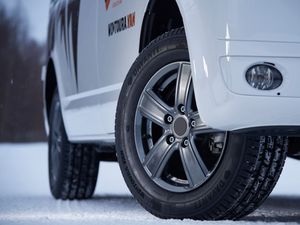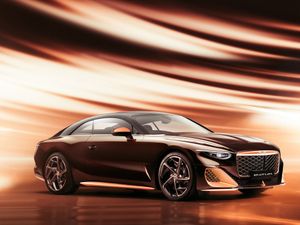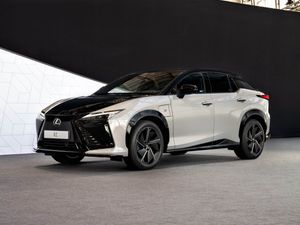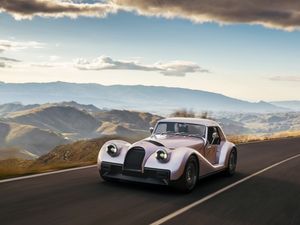McLaren’s W1 supercar arrives with 1,258bhp V8 hybrid powertrain and F1-inspired tech
Next generation car includes ‘ground effect aerodynamics’ to boost downforce.
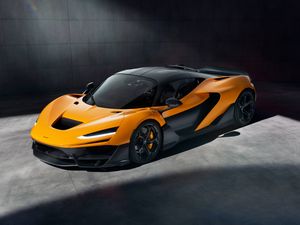
McLaren has released the successor to its iconic F1 and P1 supercars – the W1.
Built ‘with McLaren’s World Championship mindset’, the hybrid W1 arrives with a number of Formula One-inspired touches and some next-level technology designed to enable it to go as quickly as possible.
Limited to just 399 vehicles, the W1 will cost £2 million in the UK and all models are, according to McLaren, allocated to owners already. The car’s release date – October 6, 2024 – comes on the 50th anniversary of McLaren’s first Formula 1 Drivers and Constructors World Championships with Emerson Fittipaldi behind the wheel.

A 4.0-litre turbocharged petrol engine is combined with McLaren’s E-module electric motor and battery to develop 1,258bhp overall which is sent to the rear wheels alone. Combined with a low weight of 1,399kg, it allows the W1 to go from 0-60mph in 2.7 seconds and on to an electronically limited speed of 217mph. In fact, McLaren says that it’ll take just 5.8 seconds for the W1 to hit 124mph from a dead stop. It makes the W1 McLaren’s fastest-accelerating road car to date.
The small 1,384kWh battery is also enough to allow the W1 to travel for 1.6 miles on electric-only power, too.

With F1-inspired ground effect aerodynamics at work, the W1 can transform from a road-going setup to a track-focused one in an instant, lowering the ride height by 37mm at the front and 17mm at the rear. When in this mode, McLaren says that the W1 can generate up to 1,000kg of downforce. A clever ‘Active Long Tail’ rear wing can extend rearwards by 300mm, too.
As with previous McLaren models, the W1 retains a hydraulic steering and braking system to ensure maximum feel for the driver, while the special seating position gives the person behind the wheel a great view of the area ahead. The doors are McLaren’s first Anhedral-type units, too, with a design that sees both sides only hinged from the roof. This helps the W1 to preserve its aerodynamic efficiency.


